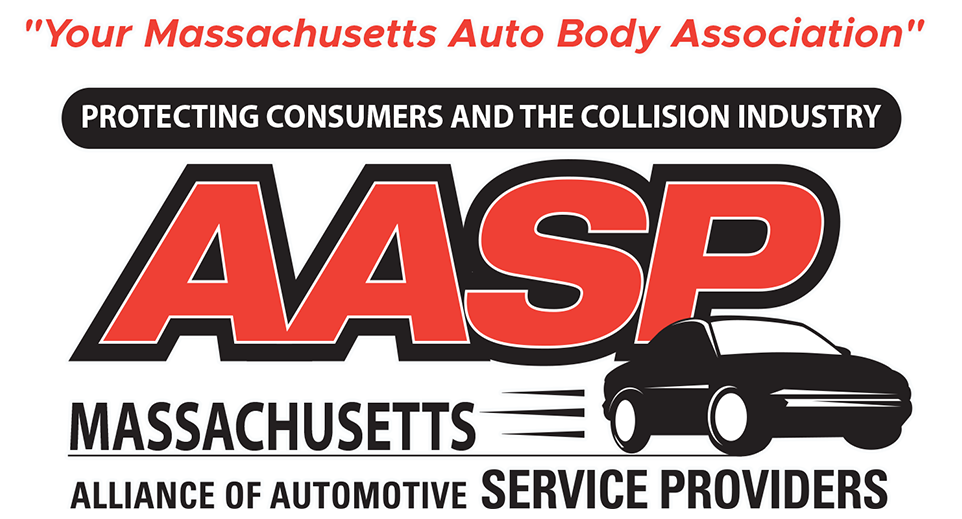| August Index | Tech Tips | Local News | National News | Biz Tips |
Audatex Launches Android App for AutoWatch
Audatex announced the launch of a new Android app for AutoWatch, its web-based repair tracking system that allows vehicle owners to view the progress of their repairs online. Through AutoWatch, repairers upload digital photos along with the latest vehicle repair status information, keeping customers up to date through completion of the job.
The new Android app allows repair facilities to make updates via their mobile phones, whether they’re away from the office or working on the shop floor.
“With mobile access becoming increasingly important in today’s connected world, the new app empowers collision repair shops with an easy way to update and access AutoWatch data from anywhere at any time, and supports our mission to connect and support repairers, vehicle owners and insurers through technology,” said Patrick Schmidlin, Vice President of Product Management, Audatex North America.
According to Gordon Henderson, Director of AutoWatch, Audatex North America, more than 70 shops are already using the Android app. “Interest in the app is strong and growing, which clearly demonstrates that shops are eager to use their mobile phones as a means to provide customers with instant online repair updates. With more than two million vehicles tracked to date on AutoWatch, we anticipate further growth ahead as vehicle owners increasingly rely upon their smart phones and the Internet to stay on top of the issues impacting their daily lives.”
Ford to Use Aluminum Body Parts on Next F-150
The Wall Street Journal reported Thursday that Ford is working on “a pickup truck with a largely aluminum body” for 2014. But according to the Detroit News, the automaker said that reports that it is planning a “largely aluminum” version of the truck are “premature.”
However, citing Ford executives familiar with the company’s plans, the Journal article also said that Ford is hoping the switch to the lighter metal will cut the weight of its F-150 by about 700 pounds. That statement may provide the best clue as to just how much aluminum Ford plans on using.
According to a technical whitepaper from the Aluminum Association, “One pound of aluminum [auto parts] typically replaces two pounds of conventional metals,” meaning Ford may be targeting as much as 1400 pounds worth of parts made from conventional metals. Replacing just a few fenders, door skins, and a hood is unlikely to save 700 pounds.
Industry analyst Jim Hall, quoted in the Detroit News article, refutes this, saying, “You may see Ford use aluminum fenders, you may see aluminum door skins, but you’re not going to see an aluminum pickup. Full-aluminum structured vehicles are much more expensive to insure because they are much more expensive to repair,” he said, adding that “most body shops cannot work on aluminum cars.”
The Journal said that Ford did look at using an aluminum frame, but it backed off. A company insider said truck frames need to be extra rigid to handle payloads, and so much more aluminum would be required for that the cost proved too high and the weight reduction too small.
Official comments from Ford have not said precisely how much of the body would be in aluminum.
The Journal also reported that the aluminum body is being used for the F-150 only; the larger F-250 and other Ford heavy trucks, which don’t fall under the new fuel-economy standards, would retain their steel parts.
New Braking Technology to Reduce Secondary Collisions
German automotive supplier Continental has developed a new braking system for the moments that follow a crash. The company’s new Post Crash Braking Technology is designed either to prevent secondary accidents or to at least moderate their effects.
According to the German automobile club ADAC Accident Research, about a quarter of all passenger car accidents involving personal injuries in Germany are attributable to multiple accidents. An initial rear-end collision or a collision with a crash barrier, for example, often leads to secondary accidents because drivers are no longer capable of bringing their vehicles to a stop under control.
Irrespective of the vehicle’s own speed, the Safety Control Unit (SCU) recognizes from the crash sensor signals that a collision has occurred and transmits a signal to the electronic braking system. Using Electronic Stability Control (ESC) technology, the safety system will then automatically brake the vehicle after the impact, even if the driver is no longer operating the brake pedal.
An important feature of the safety system is that it will return control of the vehicle to the driver if, at any time after the collision, the driver actively operates the accelerator pedal or carries out an emergency braking by himself. If there is no such intervention from the driver, the system will brake the vehicle to a complete stop.
The technology has been developed together with Volkswagen, which has been awarded the ADAC Yellow Angel award for the system.


